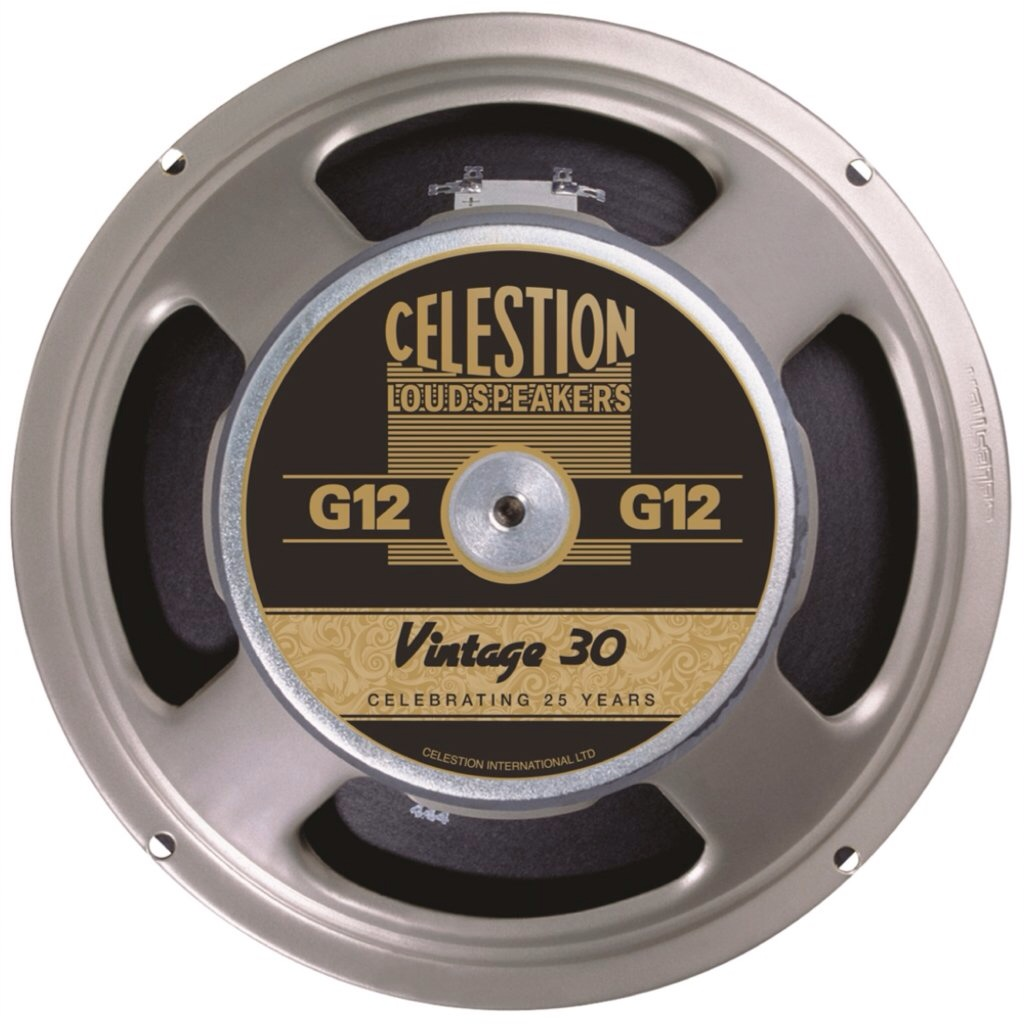

But if you really want to play the game at the highest level, America is the place to do it.
I mean if “the game” is having the largest prison population per capita then sure, but otherwise America is mid in almost every category.
Anarchist, autistic, engineer, and Certified Professional Life-Regretter. I mosty comment bricks of text with footnotes, so don’t be alarmed if you get one.
You posted something really worrying, are you okay?
No, but I’m not at risk of self-harm. I’m just waiting on the good times now.
Alt account of PM_ME_VINTAGE_30S@lemmy.sdf.org. Also if you’re reading this, it means that you can totally get around the limitations for display names and bio length by editing the JSON of your exported profile directly. Lol.


But if you really want to play the game at the highest level, America is the place to do it.
I mean if “the game” is having the largest prison population per capita then sure, but otherwise America is mid in almost every category.


America sucks. The government and the “America” it upholds is an institution of evil, a factory for global war and oppression all while insultingly calling itself “land of the free”, and anyone who latches onto its historical “achievements” probably sucks too.


/c/DSP. Digital signal processing, i.e. how to transform, filter, and live with digital signals (e.g. audio files, image files, video files, sensor measurements, etc.). It involves a lot of math, so unless we get R*ddit-like numbers I don’t really know how such a community could keep moving.


Debian 12


I have a “unique” accent of some kind. Basically, I don’t sound like I’m from “around here”, even though I have lived in the same area for my entire life and so have my parents. Probably because I read a lot more than I actually talk to people.


Last panel should be the entire US Customary System, which is literally just a rescaling of the SI (“metric” system) units. US Customary is derived directly from SI.


Going to bars. I can’t drink with my medications and I don’t like going to loud, social places unless there’s some other reason to be there.


Desperately needs more upvotes


DSP (digital signal processing) is the field of applied mathematics and engineering dedicated to transforming and manipulating digital signals.
Examples of real digital signals include audio files, image files, video files, and digitized recordings of various physical quantities by computers like the configuration of a robot as it moves in time, measurements of the processes in a factory, the trajectory of a spacecraft — almost anything that can be periodically sampled and take on a finite set of values [1] can be seen as a digital signal.
DSP includes using tools like the Discrete Fourier Transform (DFT), the Z-transform, wavelet analysis, probability, statistics, and linear algebra to do things such as filter a signal (example: audio equalizer), predict future values (example: weather forecasting), data compression (example: JPEGs), system identification (example: fit a model of the earth to predict seismic activity), control (example: make a DC motor to respond to position commands), and stabilization (example: keep plane from “wanting” to smash into the ground). Particularly, it requires a careful consideration of the effect of sampling a signal (example: if done carelessly, you can make the sampled system unstable [read: explode]), as well as an interpolation process of some kind if you plan on using that signal outside your computer (example: you want to hear an audio signal stored on your computer).
I got into DSP because I was an audio engineer and musician [2], and I wanted to design my own audio plugins. IMO I think almost everyone would benefit from some knowledge of DSP, but the math is really intense. Personally, I found out late in life that I have a nearly infinite appetite for math, so it’s a good fit for me.
Here’s a playlist about DSP if you’re interested.
[1] Actually, a lot of basic DSP books don’t restrict the signal to be in a finite set because it makes the math easier if the signal could be any real number. However, certain structures that would be exactly equivalent in theory are not equivalent on a real computer because ordinary computer arithmetic is approximate.
[2] I still play music, but not as much as before engineering school.


Digital signal processing


Check out LibertyHub @ lemmy.blahaj.zone. Zero tolerance for liberal bullshit over there.


Why tf is this being downvoted here? 🖕 to liberals.


I’m just a 12-inch 60 watt guitar loudspeaker with tailored mid-range frequency response primarily used to record metal trying to find other guitar loudspeakers with tailored mid-range frequency responses primarily used to record metal



Maybe TMI but hygiene. When I’m too sad to clean up then obviously I don’t do it, but when I’m doing really good I get so caught up in my work that I forget to clean up.


Broke: Saying ‘completely turned my life around’
Woke: Saying ‘completely turned my life around 360°’
Bespoke: Saying ‘completely turned my life around 2π radians’


Stop funding a genocide
Abolish the police
Abolish prisons
Abolish the military
Reverse course on climate change
Open up the borders
Drop all student loans, pay back previous loans with interest
Free college
Drop the TikTok ban and replace it with a data privacy law
Cancel all defense contracts
Do any one of these for real and I’ll vote for him. But I have my doubts…


Thanks for replying. It sounds like you basically get two (or some number well below one keys per character) keys and the set of possible characters gets somehow distributed between the two “real” keys, then the keyboard uses a predictive algorithm based on previous input to guess which keys were meant to be pressed.
IMO I’d be willing to try out an implementation of such an idea so long as I could run the predictive algorithm locally on my phone. I do think that current autocorrect + predicting which keys were pressed would require a lot more training data than just a generic autocorrect to get it working sensibly, and I think it would take a lot longer to converge to the user’s “style” if it ever does.


What is a QAZWSX keyboard (couldn’t figure it out by web search), and what does keyboard layout have to do with machine learning? I’m genuinely curious.


Gore video, do not open
Amazon Fire Tablet 7in. I bought it literally just to read PDFs, and it was so slow that it was basically unusable. I tried switching out the launcher to something more minimal (Niagara launcher I think), and I figured out how to disable the ads that were all over the place. It helped a bit, but not enough to overcome the hardware and Fire OS. (I think I needed ADB for both of those fixes; I had to put in some real work to unfuck that tablet.) Plus the screen was too small for my pathetic human eyeballs.
Was it worth $30? At the time, yeah, because I literally couldn’t afford anything else, but I now have an $80 10in generic Android tablet that’s wildly faster.